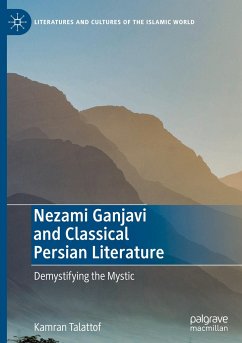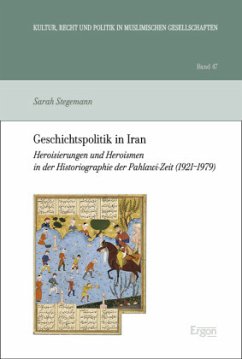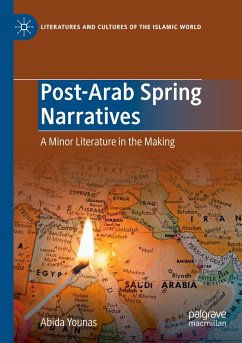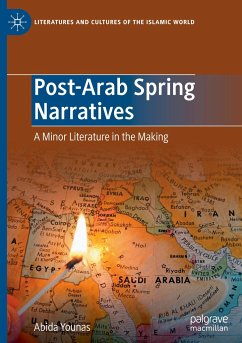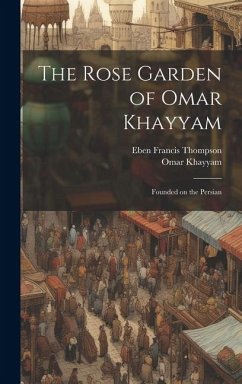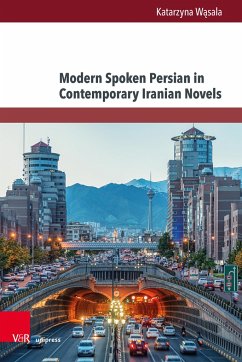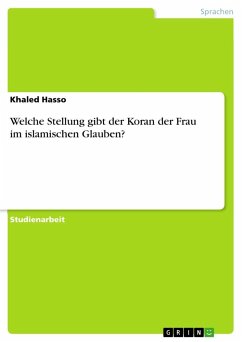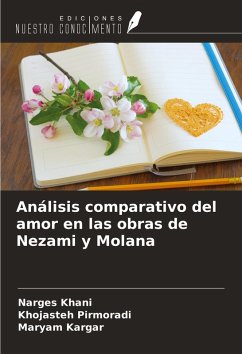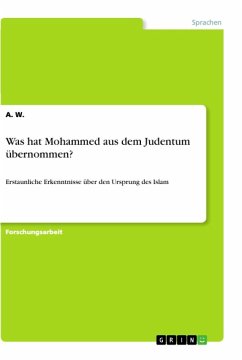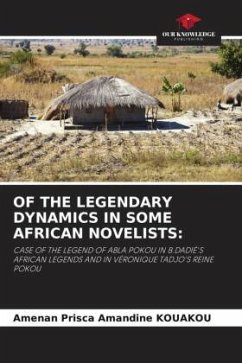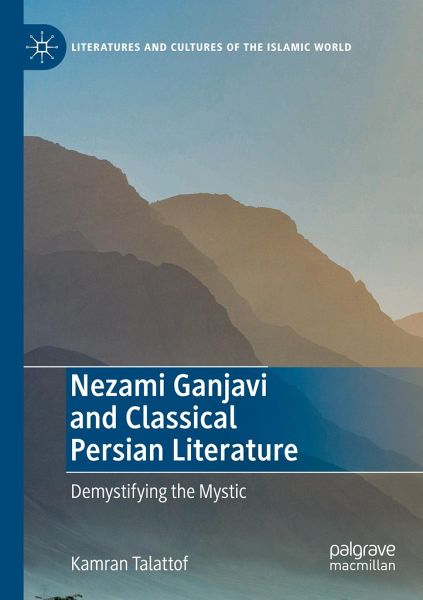
Nezami Ganjavi and Classical Persian Literature
Demystifying the Mystic
Versandkostenfrei!
Versandfertig in 6-10 Tagen
76,99 €
inkl. MwSt.
Weitere Ausgaben:

PAYBACK Punkte
38 °P sammeln!
This book offers new insights into the twelfth-century Persian poet Nezami Ganjavi. Challenging the dominant interpretation of Nezami's poetry as the product of mysticism or Islam, this book explores Nezami's literary techniques such as his pictorial allegory and his profound conceptualization of poetry, rhetoric, and eloquence. It employs several theoretical and methodological approaches to clarify the nature of his artistic approach to poetry. Chapters explore Nezami's understanding of rhetoric and literature as Sakhon, his interest in literary genres, the diversity of themes explored in his...
This book offers new insights into the twelfth-century Persian poet Nezami Ganjavi. Challenging the dominant interpretation of Nezami's poetry as the product of mysticism or Islam, this book explores Nezami's literary techniques such as his pictorial allegory and his profound conceptualization of poetry, rhetoric, and eloquence. It employs several theoretical and methodological approaches to clarify the nature of his artistic approach to poetry. Chapters explore Nezami's understanding of rhetoric and literature as Sakhon, his interest in literary genres, the diversity of themes explored in his Five Treasures, the sources of Nezami's creativity, and his literary devices. Exploring themes such as love, religion, science, wine, gender, and philosophy, this study compares Nezami's works to other giants of Persian poetry such as Ferdowsi, Jami, Rudaki, and others. The book argues that Nezami's main concern was to weave poetry rather than to promote any specific ideology.





